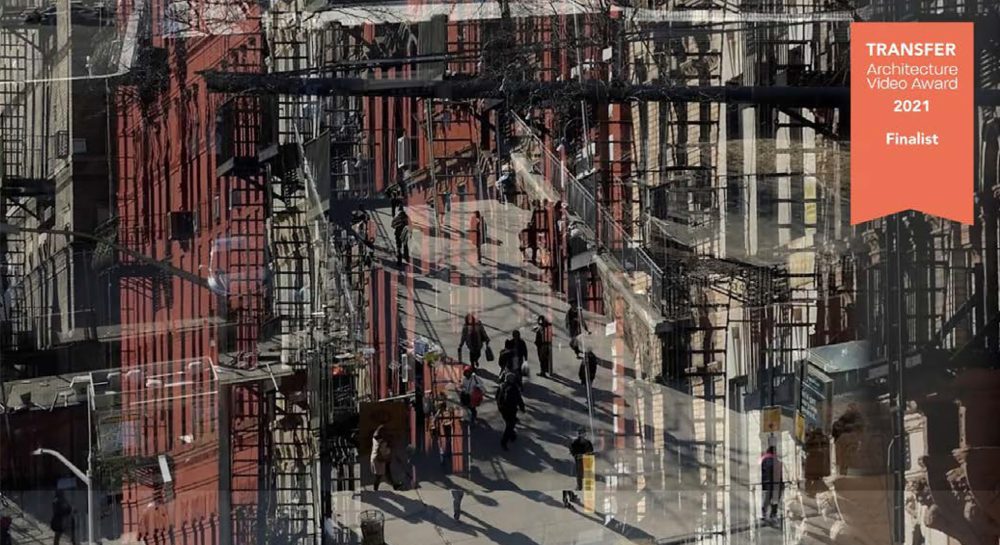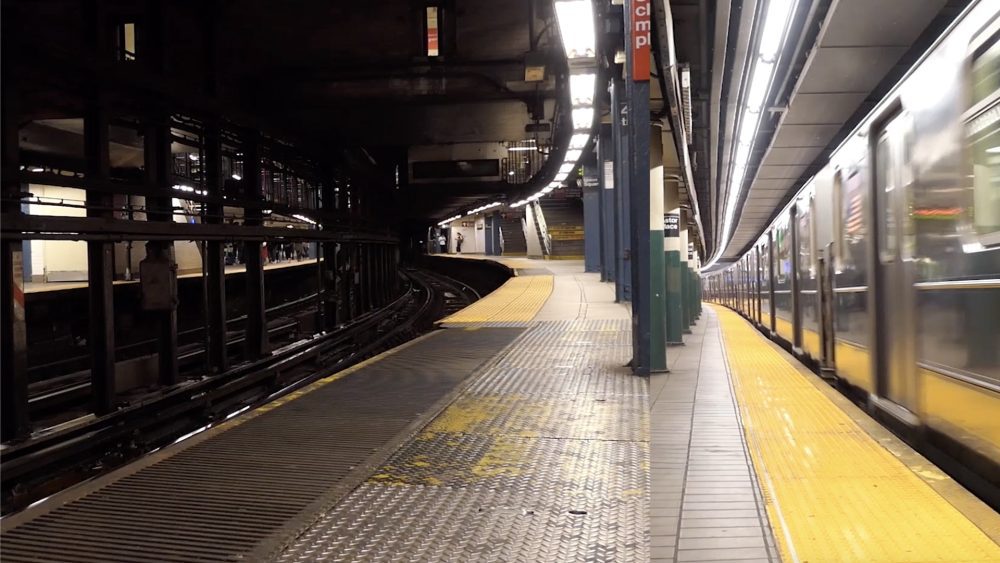Thomas Forget

Thomas Forget
My creative practice (Ciotat Studio) is based in New York City and consists primarily of architectural design and media production: single-family houses that include quasi-public event spaces; videos that analyze the city through experimental methods of abstraction; media installations embedded into urban spaces; and critical essays on the built environment in multimedia and written formats. My primary teaching focus is foundation-level pedagogy. A recent and ongoing curricular initiative involves the integration of point-based projective drawing, experimental video-making, and writing within an undergraduate first-year design laboratory, which strives to prepare students for the rigors of contemporary practice by prioritizing habits of knowledge-building over rote skill-learning. My research seminars focus on topics relating to the city, in particular public space, media, and their overlap: public transportation; housing; vernacular fabrics; media depictions of the city; and venues of media consumption. Stemming from my book, The Construction of Drawings and Movies (Routledge, 2013), analytical geometry and the historical reciprocity between cinema and the modern city are special interests that steer both my creative work and my teaching. My practice is now focused on video making, including recent works recognized internationally with awards and screenings in festivals. The work spans two genres: experimental film and the video essay, which is an emerging practice of video-based scholarship expanding the normative boundaries of academic research.
EXPLORE HIS RECENT WORK

“The Scale of the City” is an archeological catalog of urban scales and social activity, referenced by the day and time on which the clips were captured to record natural lighting conditions. A voiceover reads an excerpt from Georges Perrec’s Species of Space and Other Pieces. Together, the clips reveal the city as a collection of interconnected spaces, materials, and human occupation. This video was recognized as a finalist in the 2023 Transfer Architecture Video Awards competition and exhibited at the 2024 Festival Écrans Urbains in Lausanne, Switzerland.

“Linear City I” is a video essay on the grid of New York City, and it is part of a video essay series on different aspects of the city (another submission to this award addresses the Subway). The objective of the series is to confront the socio-spatial qualities of the city: how architecture, urban design, and infrastructure interact with the social fabric. The quasi-fictional format is a dialogue between a narrator and a subtitled questioner. Inspired by the traditions of experimental film, this video was recognized as a finalist in the 2021 Transfer Architecture Video Awards competition and has been screened at international festivals and exhibitions.

Published in the Journal of Urban History, “The Rules of the Game” book review and critical essay reveals the logic of the track network responsible for the social and political exceptionalism of the New York City Subway. In its review of two books, the essay brings to light the unadulterated facts of the track system that have so far eluded publication, and it revisits the overlooked contributions of Daniel Lawrence Turner, a pioneer in both transportation engineering and policy making. It both celebrates the wonder of the Subway and reconciles with its shortcomings.